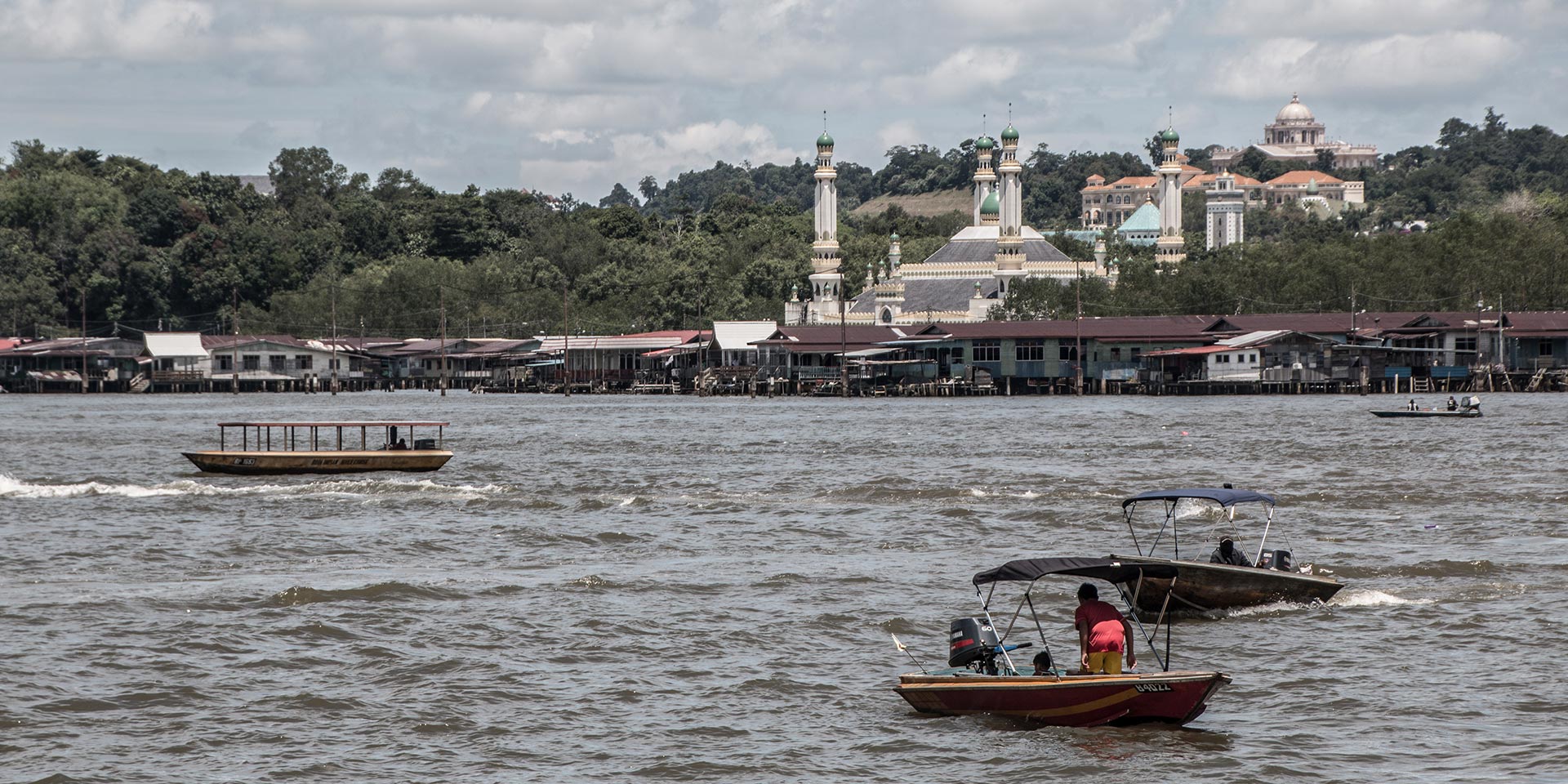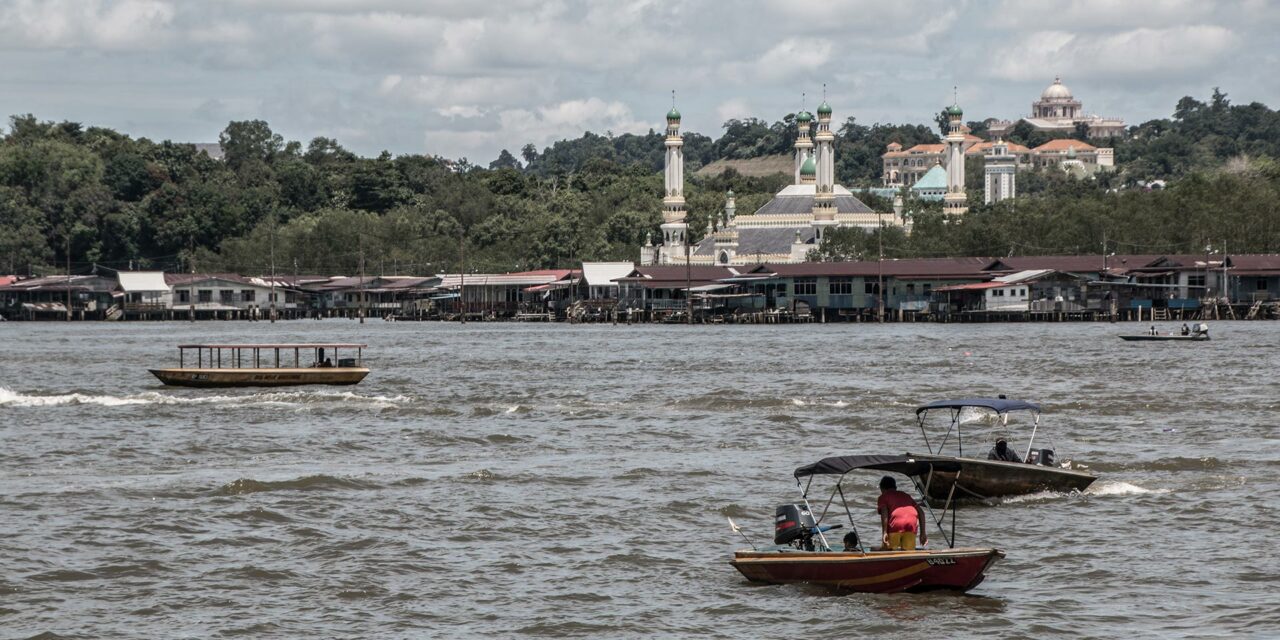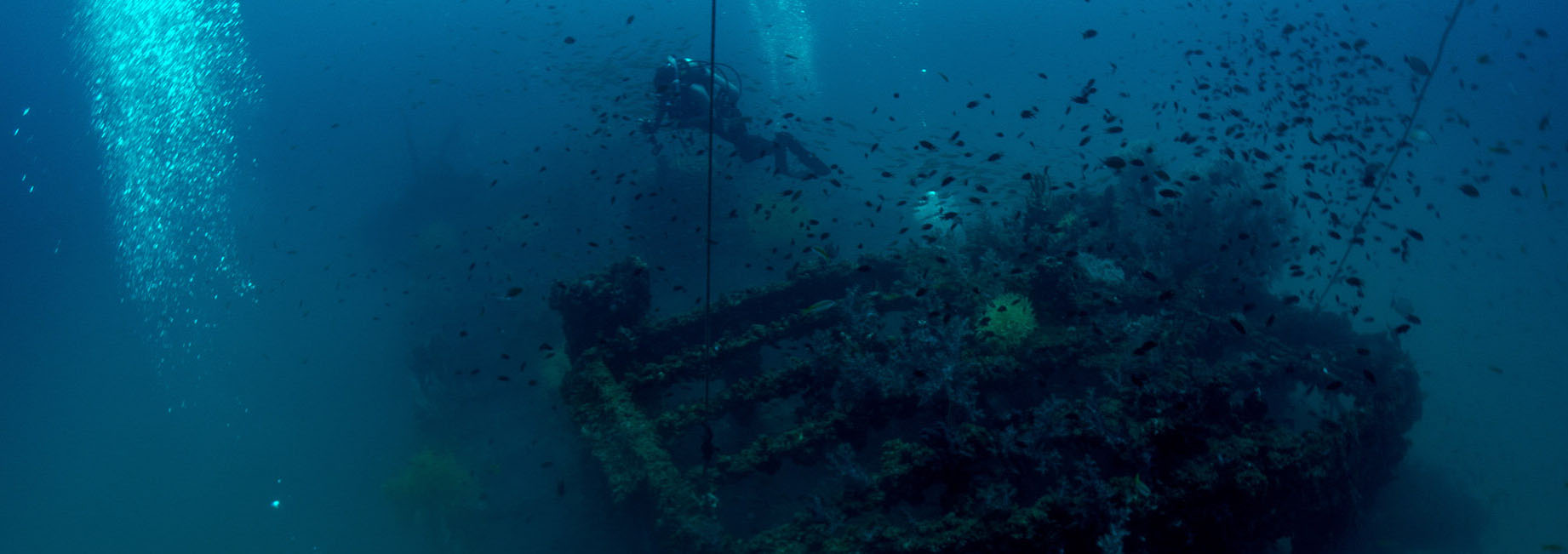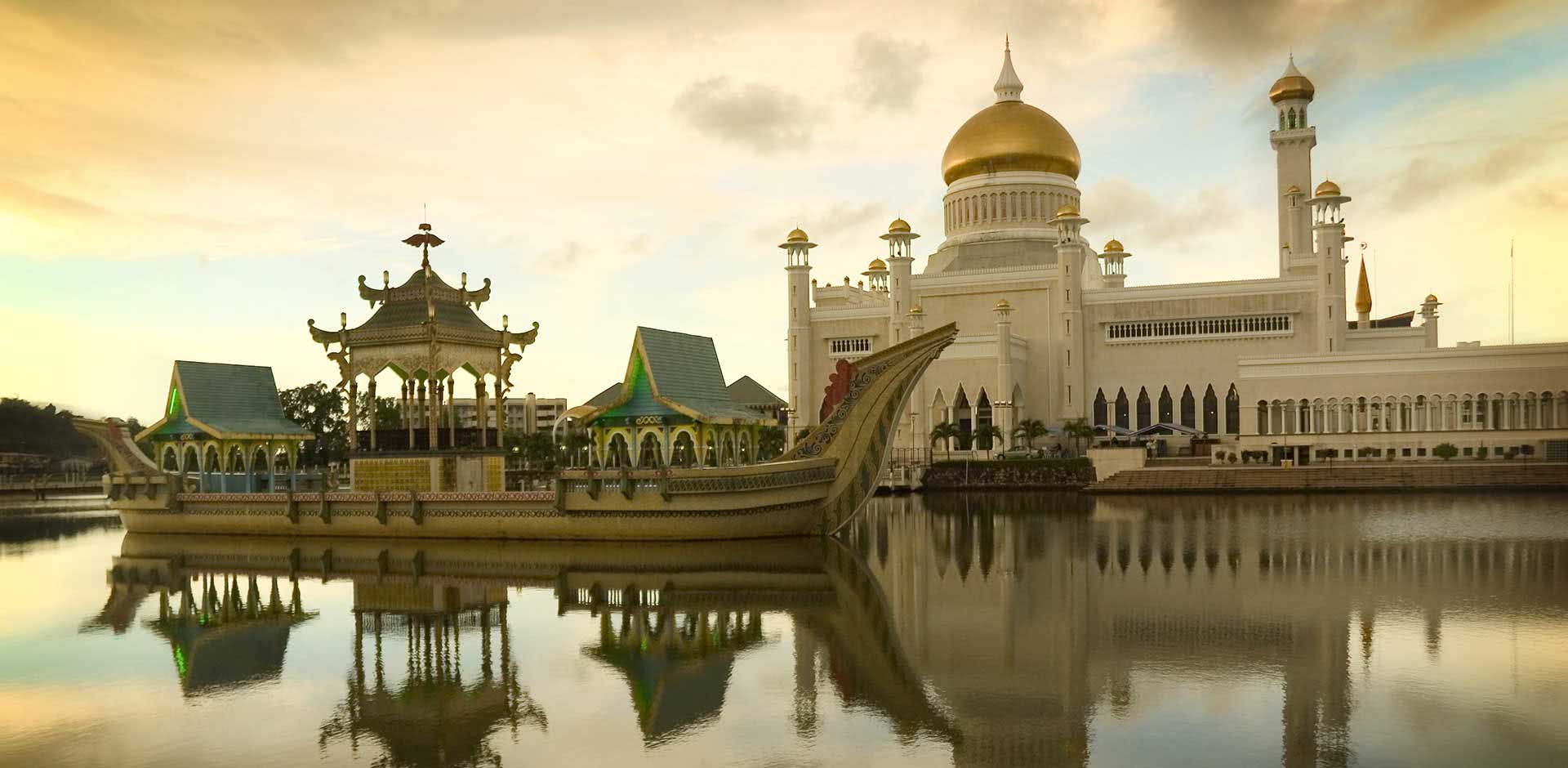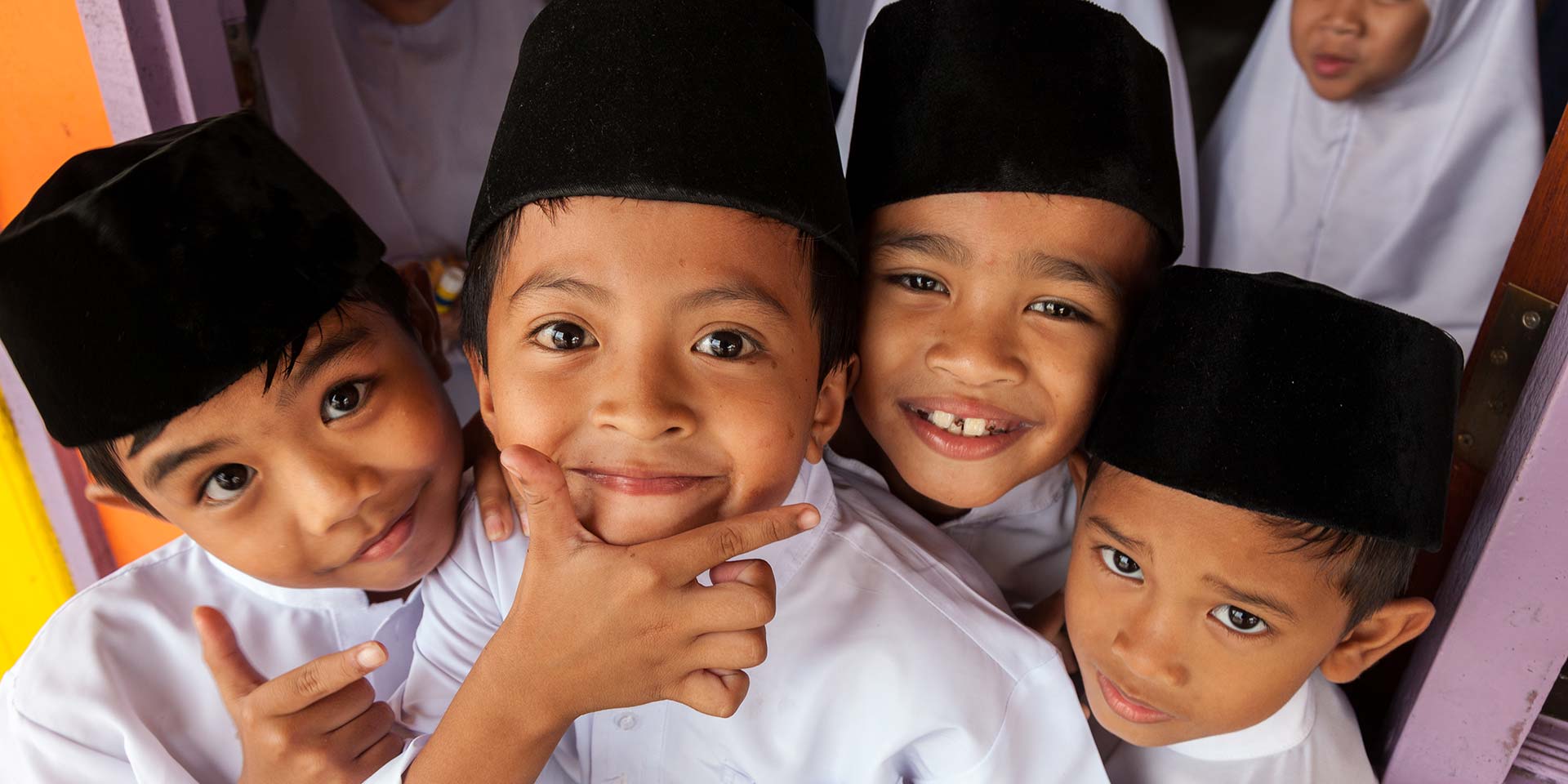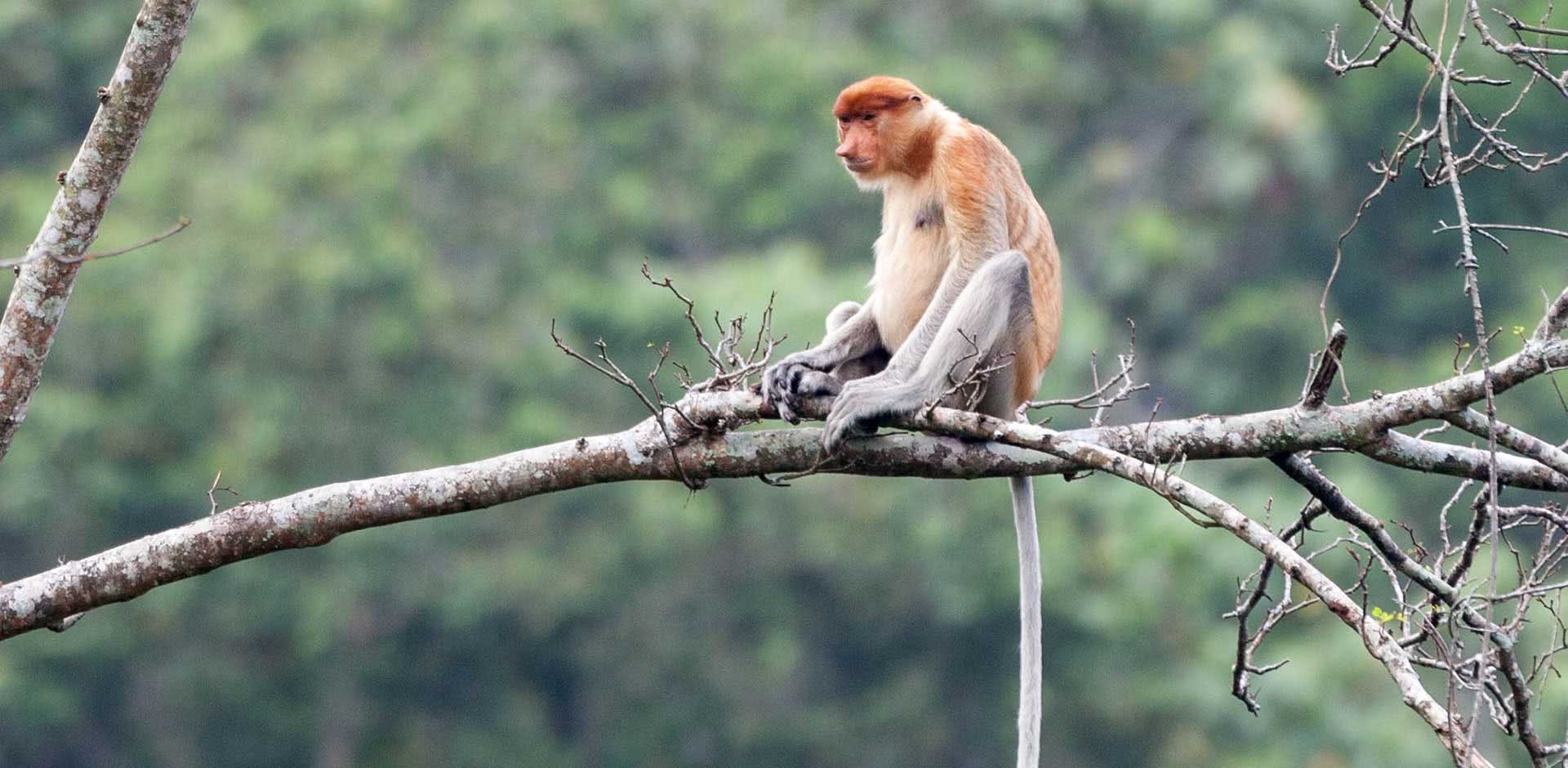I’d just arrived in Brunei – a small, lesser-known Bornean nation of dense rainforest and glittering mosques – walking through through the quiet streets of the city to the waterfront to have a look at Kampong Ayer. I’d expected a ramshackle collection of wooden houses on stilts on the banks of the river. But Kampong Ayer is not a water village; it’s a city on stilts.
The Water Village
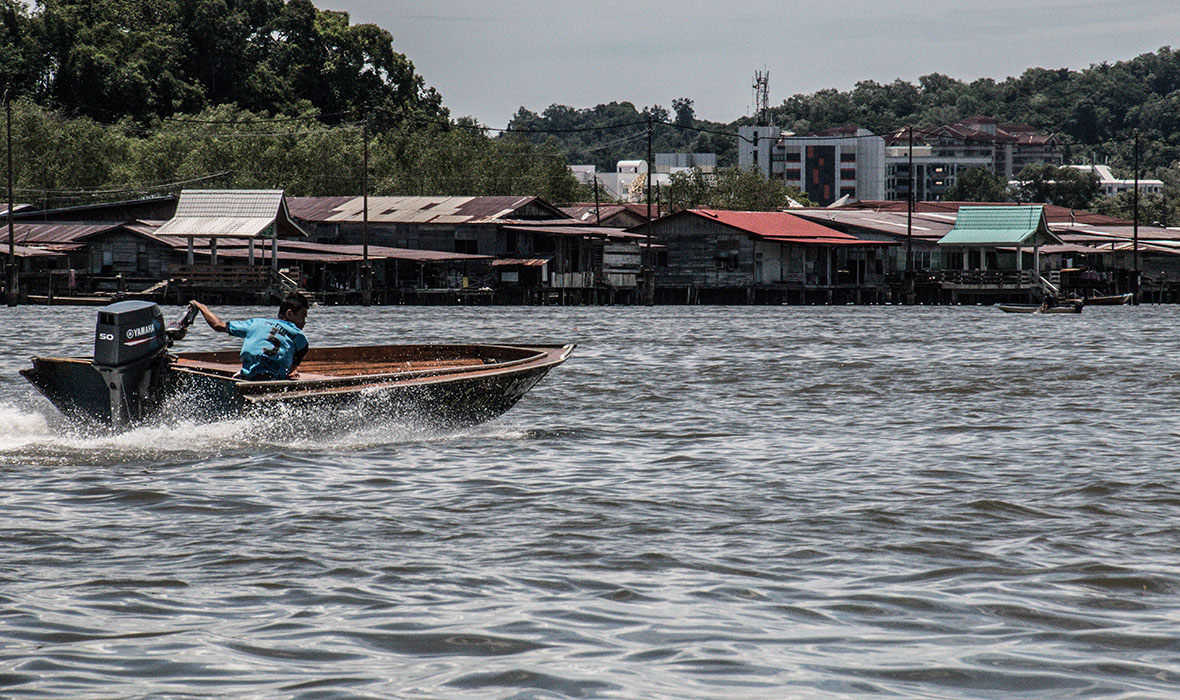
Brunei is one of those underrated destinations that quietly but quickly surprises visitors. I’d seen pictures of Kampong Ayer before I’d arrived, but nothing really put into perspective the massive scale of this waterside metropolis. Strolling through the streets of the city, it was surprising how quiet things were in the capital. Now, it seemed that everyone was out here, living life on the water rather than on land.
Boats sped along the watery highway, stopping for passengers at the wooden taxi ranks before travelling into the dense network of buildings, all of which were raised high above the water on stilts.
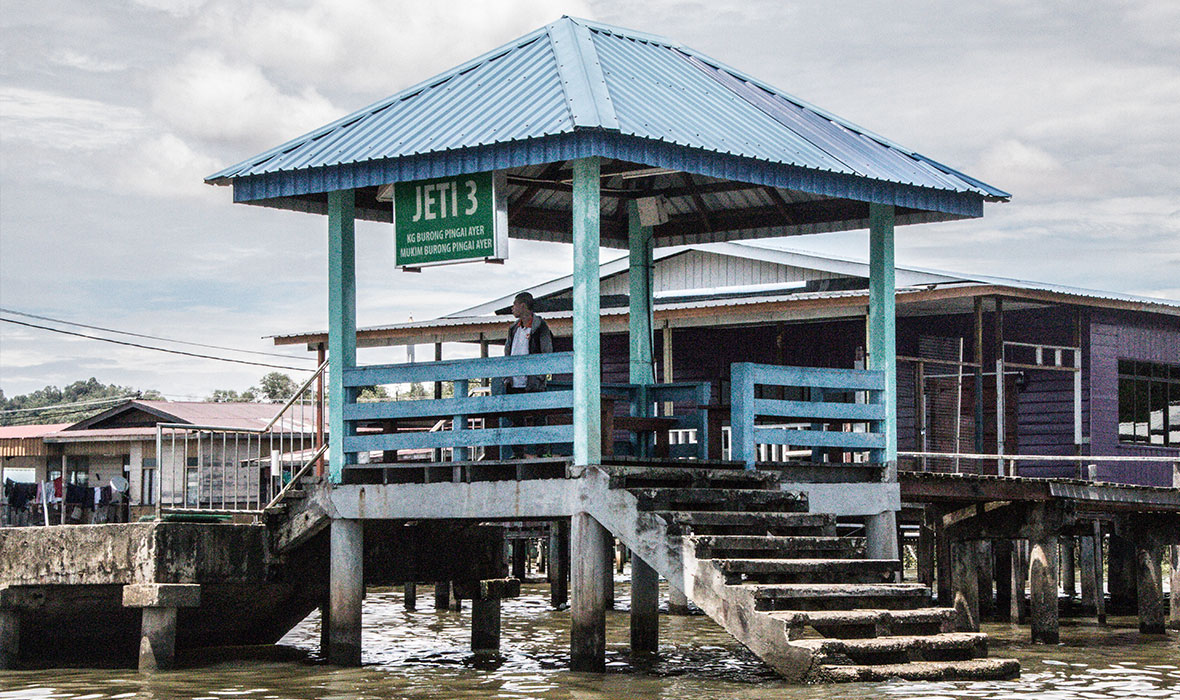
ABOVE: Water taxi rank.
I’d soon forgotten about the rest of my plans for the day and flagged down a water taxi to get straight out into the midst of Kampong Ayer. Local boat pilot Roy spent his whole life on the water. He picked me up from the jetty in his small water taxi and quickly offered to show me around the city on stilts.
Largest Water Village in the World
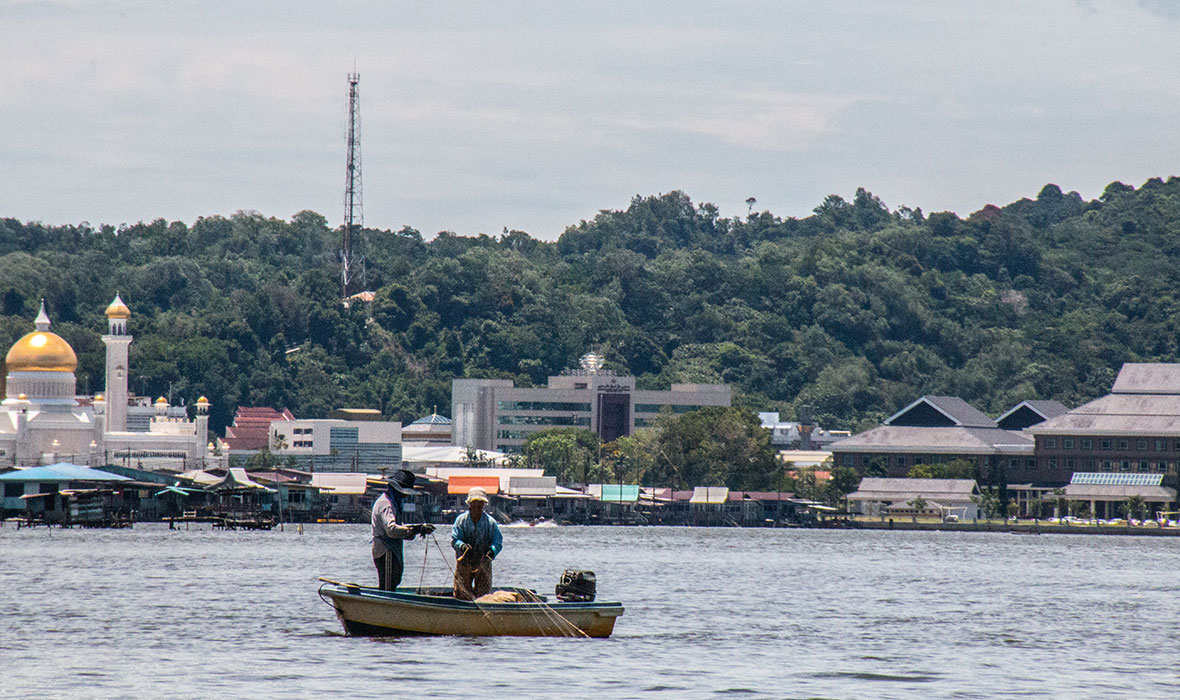
ABOVE: Fishermen of Kampong Ayer.
Roy made his living on the water, taking tourists around and ferrying locals between the city and the village, and – like the thousands who chose to live here – he claims life is better on the water, more peaceful.
Kampong Ayer is home to almost 40,000 people, living in as a traditional a manner as one might expect in Brunei. This is the largest water village in the world. The best way to see this remarkable area is, obviously, from the water.
It takes time to understand the scale of Kampong Ayer too. There are floating fire stations, floating schools, police boats patrolling, and golden-domed mosques on stilts that can certainly match the majesty of the Sultan’s mosques on land.
Into the Jungle
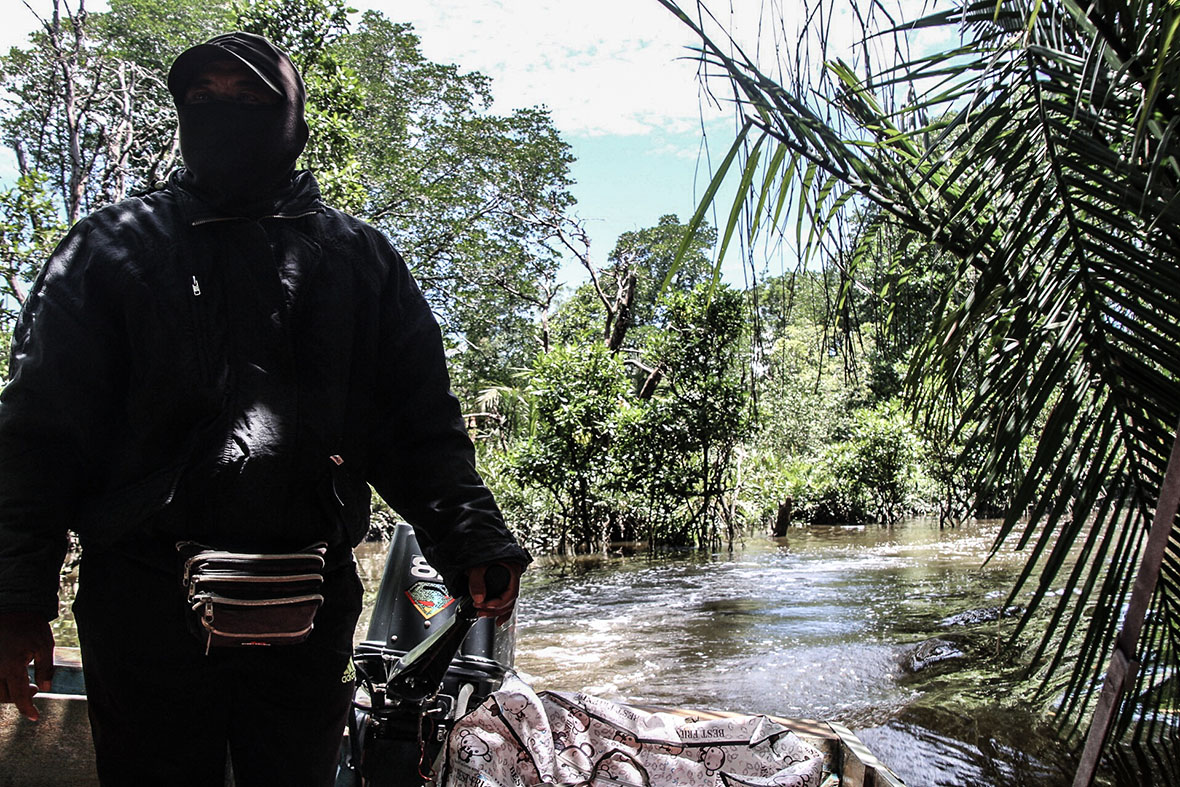
ABOVE: Slowing down into the waterways of the rainforest.
Roy asked if I wanted to see a proboscis monkey. Of course I did. There might even be a few crocodiles further down the river, Roy told me excitedly as we sped off down the main highway, past locals crossing between houses on raised wooden walkways and others sitting on their porches above the river.
Eventually, we left the dense mass of houses behind, although the domes of the mosques were still visible above the trees. It’s easy to forget in the shining clean streets and even on the crowded waters that Brunei is in a Borneo rainforest.
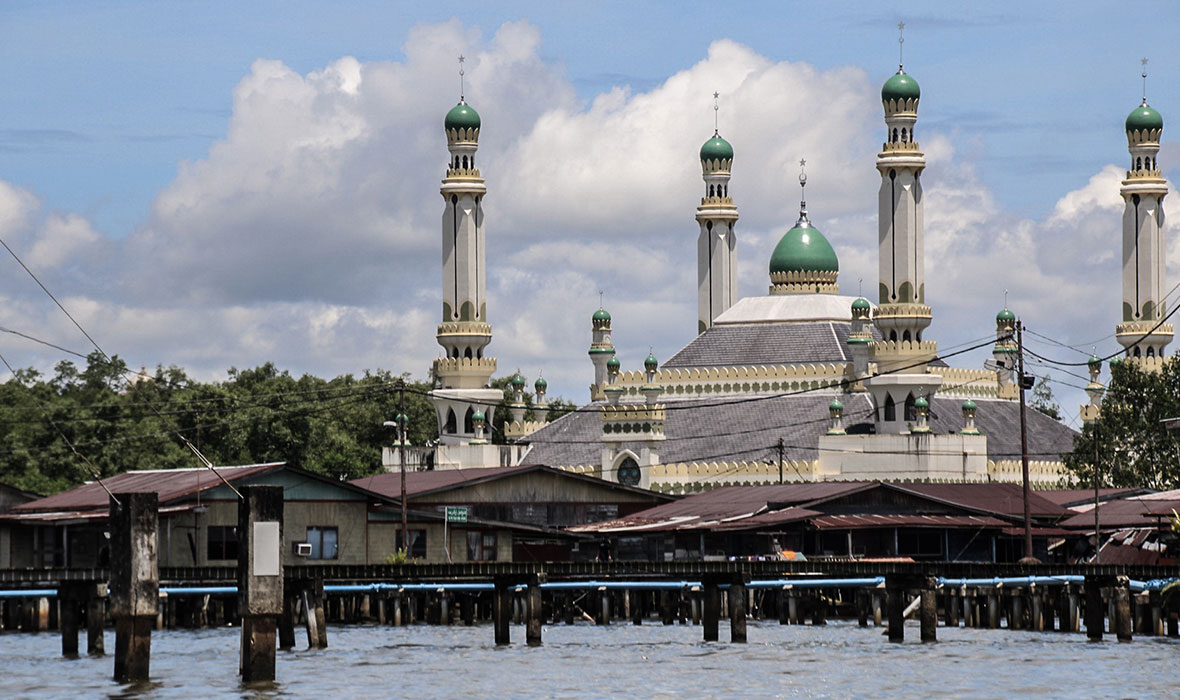
Much of Brunei’s rainforest remains in a relatively pristine condition, even this close to the city. Just 15 minutes outside of Kampong Ayer, the scenery changes entirely.
Amongst mangroves and trees – and with no small trepidation at the thought of crocodiles – Roy searched the famous proboscis monkeys, long-nosed monkeys that can only be found in Borneo. Rustling in the trees led us deeper into the mangroves and through the foliage; I could see the monkeys jumping around, but the forest was too dense to get to close before they scarpered off into the jungle.
Past and Present
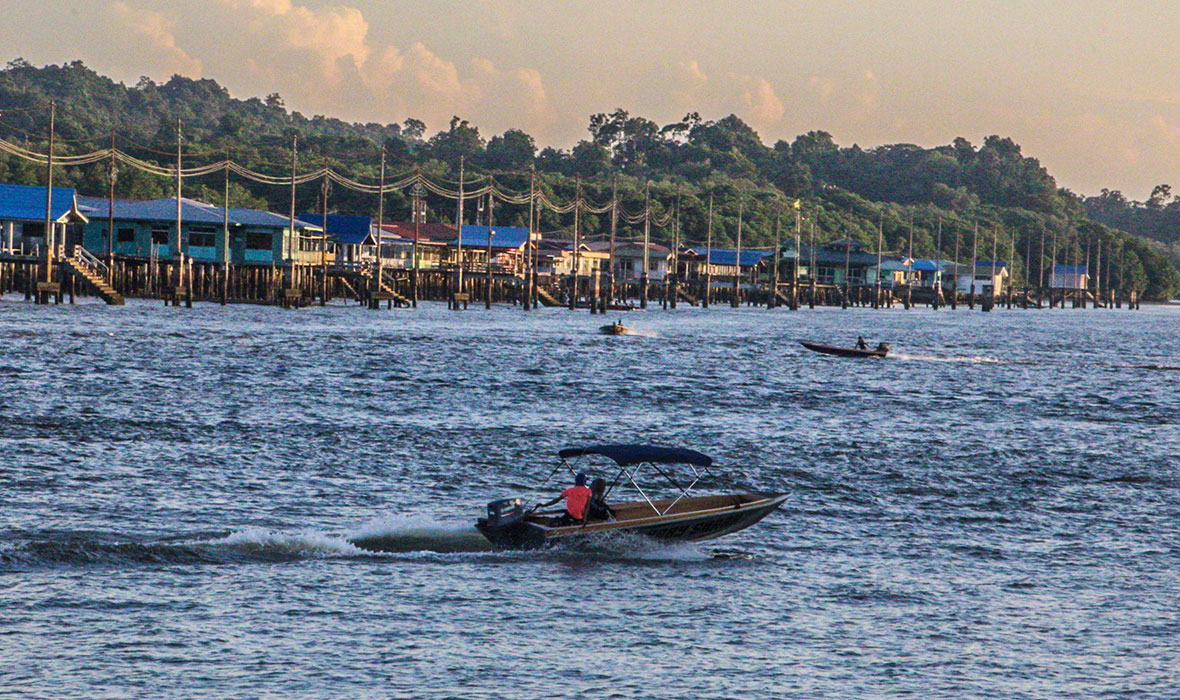
ABOVE: Boat speeding through Kampong Ayer.
As Roy piloted me back around to his home village after a short taste of the rainforest, I was becoming ever more fascinated with this unique place. The houses, I noticed, were mostly modern, many looked new, and all were hooked up to electricity, with satellite dishes and other amenities. It was clear that this was a place that was here to stay.
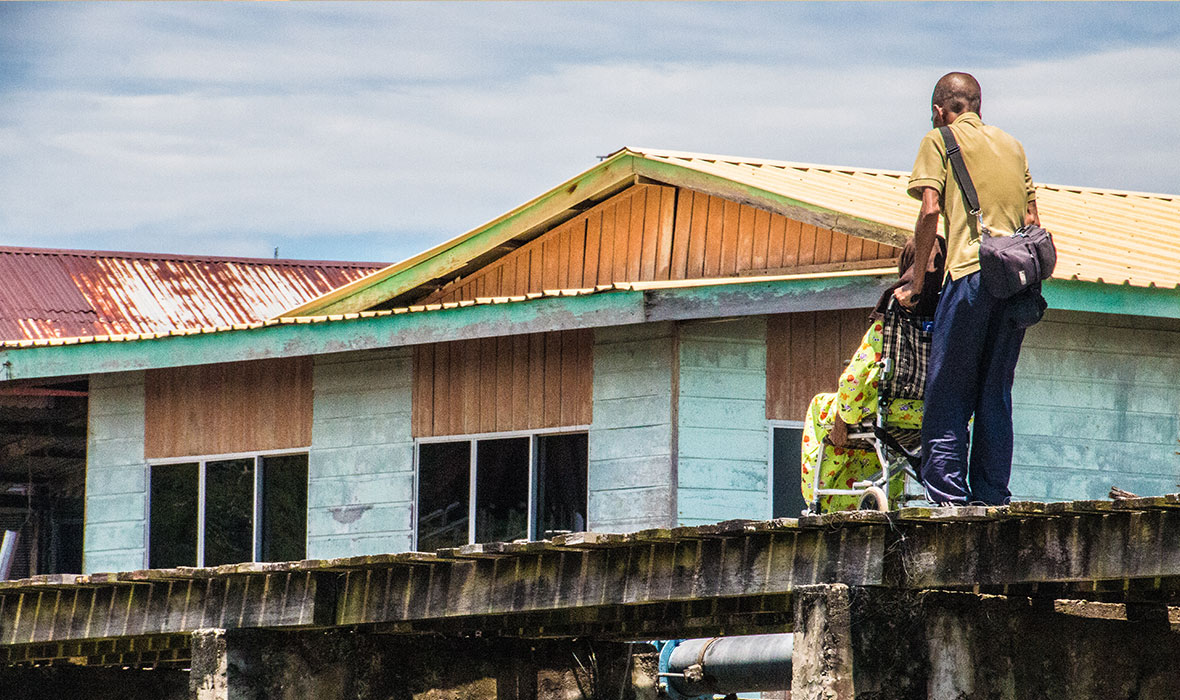
ABOVE: Wheelchair on the raised walkways of Kampong Ayer.
Kampong Ayer dates back centuries. Antonio Pigafetta, a 16th-century Italian traveler and adventurer, wrote that Kampong Ayer was the Venice of the East. The water village has survived cyclones, seen the fall of empires and sultans, and continues to thrive.
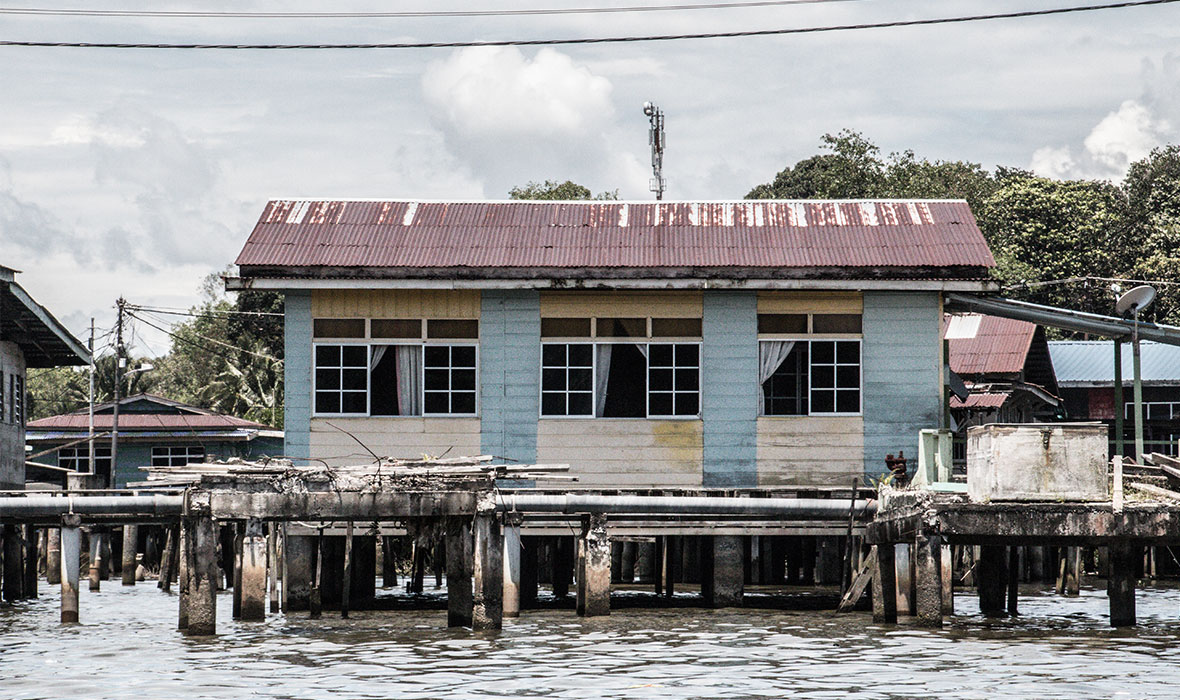
In many parts of Asia, modernisation is replacing traditional lifestyles, but in Brunei traditional lifestyles on the water evolved and progressed to keep up with the times – with all the trappings you’d find on dry land.
New houses, schools and mosques were being built and refurbished during my travels through Kampong Ayer and thousands called the water home.
With such a huge portion of their country still covered in pristine rainforest, building more on the water is one way to ensure that less land needs to be cleared, keeping the forest intact for future generations who are likely to grow up on the water too.
Kampong Ayer is an extraordinary sight to see. The largest, floating village in the world is not something you come across every day, but for Bruneians, it’s just another day on the water.

